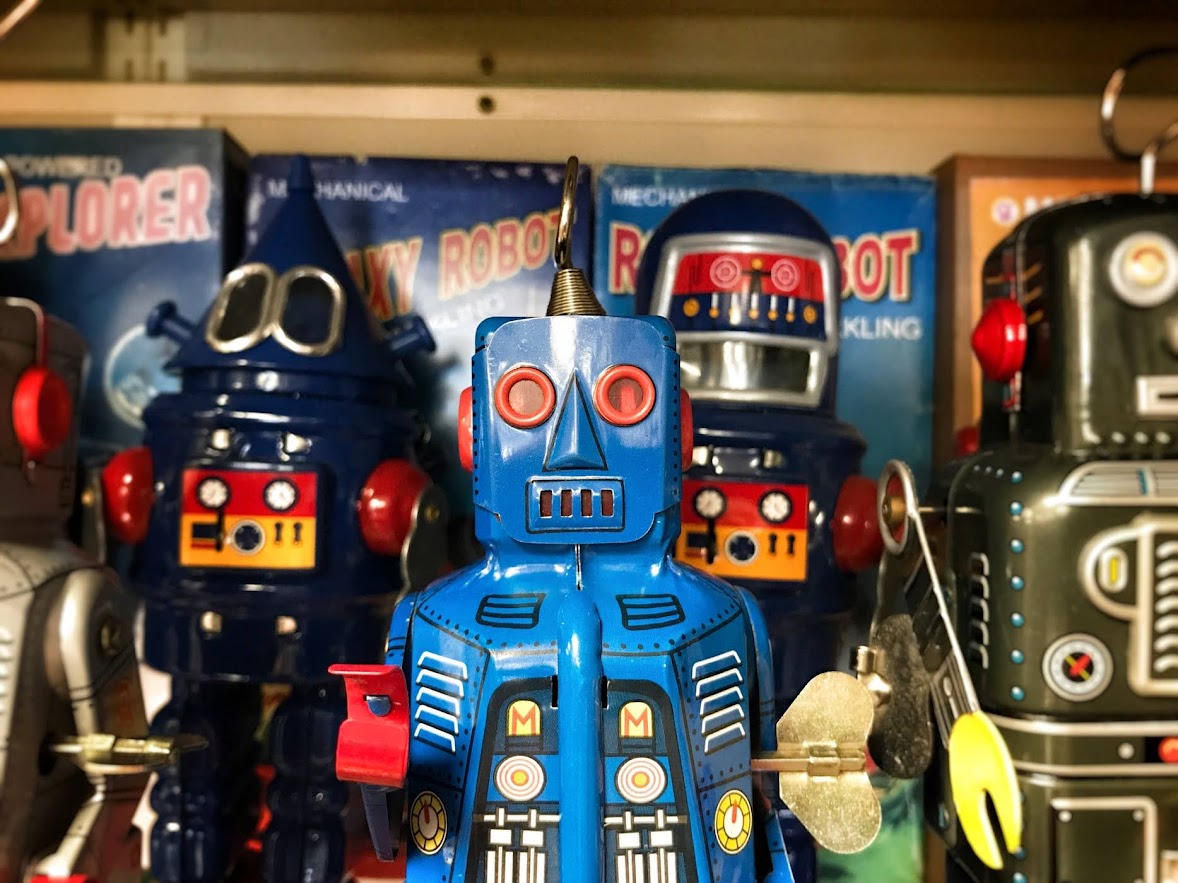
Business Insider suggests that the development of humanoid robots could be the space race of the 21st century.
Remember the space race? In the mid 20th century, the United States and Soviet Union were in competition to put a man into space, to land on the moon, and, along with the race for dominance in space, to improve science education for the masses. As the century continued, China and India entered the space race as well. By the 21st century, many more nations are taking part.
There are interesting parallels you can draw between the space race of the 20th century and the potential for a humanoid robot development race in the 21st century.
National prestige
Just like the space race, where reaching the moon became a symbol of national technological prowess, developing advanced humanoid robots could become a point of national pride. Governments might invest heavily in research and development, aiming to be the first to achieve significant breakthroughs.
At this point, Japan, China, Saudi Arabia, Germany, Spain, Singapore, Russia, Hong Kong, Iran, and the United States all have humanoid robots. We may even have missed some of the entries.
Technological leap
Just as the space race spurred advancements in rocketry, materials science, and communication technologies, a humanoid robot race could accelerate progress in artificial intelligence, robotics, material science, and even biomimetics (the study of nature to inspire engineering).
Applications
The space race was driven by the desire to explore space and potentially secure military advantage. The primary purpose of humanoid robots is less clear. They could be used for tasks like search and rescue, elder care, or even military applications, but the focus might be more on practical applications than national glory.
On the other hand, current humanoid robots don’t seem to have the practical value of industrial robots. They might be more about bragging rights than about productivity at the moment.
Still, the space race brought up similar concerns. Many people questioned whether it was right to spend so much public money on risky ventures like space travel when there were so many urgent human needs on earth.
Ethical Concerns
The development of highly advanced, human-like robots raises ethical concerns about safety, job displacement, and the potential for misuse. These ethical considerations might act as a brake on a full-fledged “race” compared to the Cold War urgency that fueled the space race.
The world is also much flatter now than it was in the 1950s. Any tech race in the 21st century is bound to have more players and more collaboration than the Sputnik vs. Apollo race in the 20th century.
The development of humanoid robots has the potential to be a significant technological leap with far-reaching consequences. While it might not be a direct replica of the space race, it will probably involve international competition, collaboration, and a focus on pushing the boundaries of science and technology. The key will be to ensure this development is done ethically and responsibly, with a focus on how these robots can benefit humanity.
